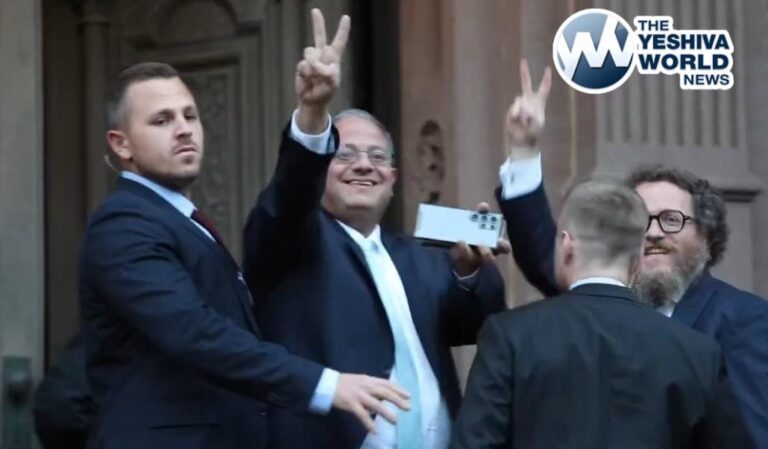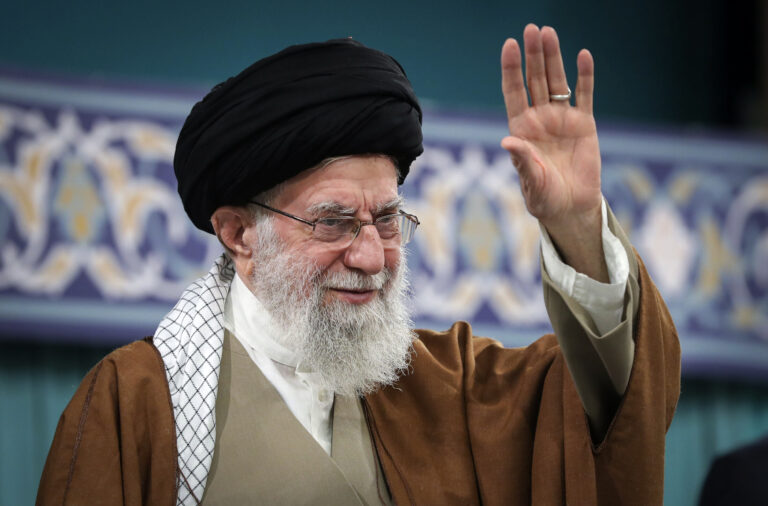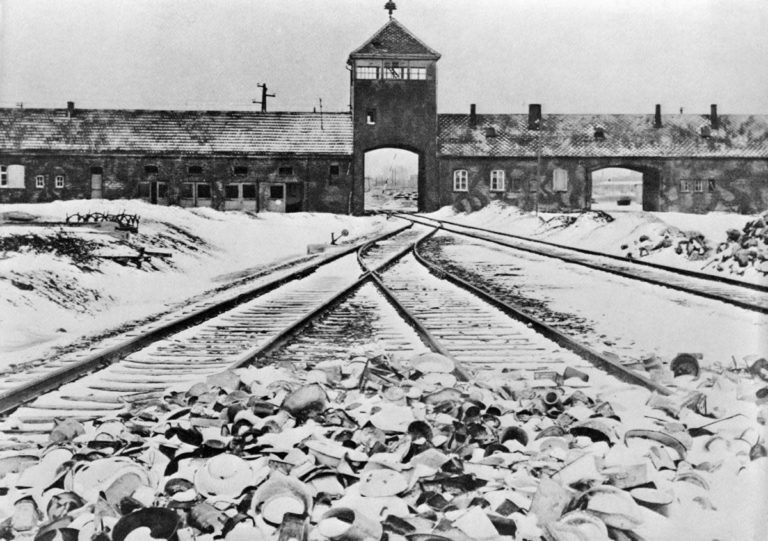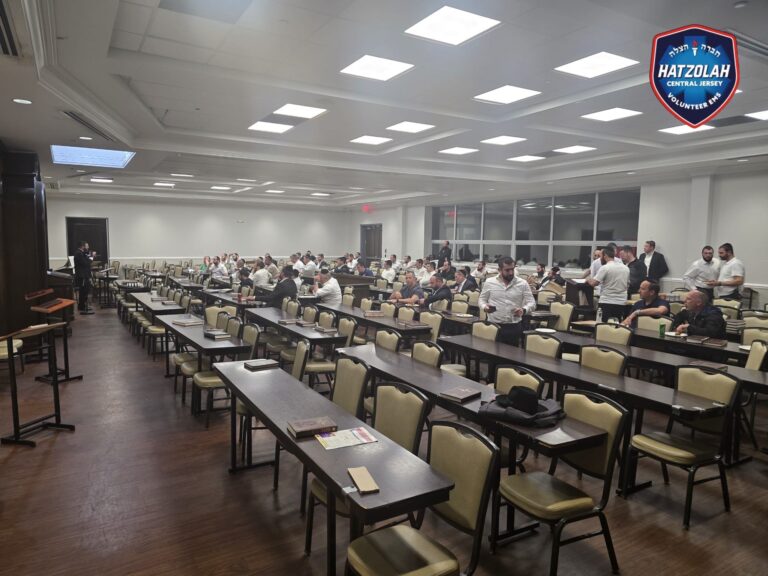Essential workers who helped New York City through the COVID-19 pandemic were honored Wednesday with a parade up Broadway — nurses, doctors, first responders, teachers, bus drivers and more riding on floats through a canyon of tall buildings and falling confetti.
The parade stretched from Battery Park to City Hall, led up Broadway in lower Manhattan by grand marshal Sandra Lindsay, a health care worker who was the first person in the country to get a COVID-19 vaccine shot.
“What a difference a year makes,” said Lindsay. “Fifteen months ago, we were in a much different place but thanks to the heroic efforts of so many – health care workers, first responders, frontline workers, the people who fed us, the people who put their lives on the line, we can’t thank them enough.”
As much as it was a celebration, the parade was also a somber reminder of the pandemic’s lingering toll. Some marchers had signs paying tribute to essential workers who died of COVID-19. The crowds along the route were sparse, due in part to many businesses still operating remotely. And, noting the rise of disease variants, Lindsay was using her role as the parade’s grand marshal to encourage people to get vaccinated.
Wednesday’s essential workers parade was the latest in a 125-year New York City tradition. The same type of celebration, known as a ticker-tape parade for the thin bands of paper that used to shower marchers, has been held in the past to celebrate returning soldiers, astronauts and championship sports teams.
The last parade along the iconic stretch known as the Canyon of Heroes honored the U.S. women’s soccer team for their 2019 World Cup win.
“We’ve got a lot to appreciate, because we’re well underway in our recovery. We’ve got a lot to celebrate and we’ve got a lot of people to celebrate,” said Mayor Bill de Blasio, who rode during the parade on a float with hospital employees and Mr. Met, the mascot of the New York Mets.
“They deserve a march down the Canyon of Heroes, because it’s something that is reserved for the greatest folks in history. Well, here are some of the folks who made history in New York City’s toughest hour,” he said.
Justin Davis, a nurse who came from Pittsburgh to work at a Manhattan hospital during the height of the crisis last year, was excited to be riding in the parade on a float sponsored by AMN Healthcare, the staffing company he works for.
“I think it’s just going to be real cool,” Davis said. “And hopefully it can just bring closure.”
Davis, a 43-year-old military veteran, said he came to New York City when it was a pandemic epicenter, leaving his wife and three young children behind, “because I wanted to do something to make my family proud.”
The parade gave Davis’ family and a whole bunch of New Yorkers a chance to express their pride and gratitude to him and other essential workers.
“This is a huge thing,” said his wife, Jennifer Davis. “This is awesome. We just had to come up here and be here for him, to support him and celebrate him.”
This week’s high temperatures cut into the festivities. Originally, a ceremony at City Hall was scheduled to follow the parade. Instead, de Blasio applauded the participants at the end of the route.
Labor strife also cut into the plans. Some EMS workers boycotted the parade to protest what their union says is low pay. A union representing workers in the health field said it was skipping the parade over the end of essential worker pay and a lack of early retirement incentives for its members, who include social workers and contact tracers.
(AP)











